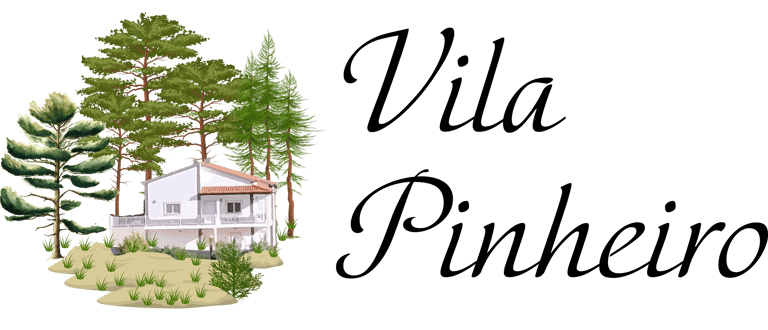

GRAZER: Regenerative Animal Husbandry Framework
As the world seeks sustainable solutions to the environmental and ethical challenges of industrial farming, The GRAZER Framework emerges as a powerful model for regenerative animal husbandry. Designed to restore ecological balance while enhancing animal welfare and farm viability, this closed-loop framework integrates permaculture principles, Vrikshayurveda (traditional Indian plant wisdom), and modern ecological science to foster resilient, ethical, and productive livestock systems.
The GRAZER Framework is structured around six interdependent stages: Goal Setting, Resource Assessment, Analysis & Adaptive Planning, Zone-Based Design, Ecosystem Monitoring, and Regenerative Refinement. Each stage is tailored to support holistic land management and animal care, making it suitable for small farms, silvopasture systems, and community-scale agricultural regeneration, particularly in biodiverse regions like Vila Pinheiro, Central Portugal (Zone 9b).
The journey begins with Goal Setting, which lays the foundation by establishing regenerative targets that align with ecological, social, and economic values. These may include improving soil organic matter, boosting biodiversity, enhancing animal welfare, or increasing carbon sequestration. Crucially, goals are site-specific and informed by the unique characteristics of each farm.
Next, Resource Assessment examines the farm’s natural, human, and infrastructural assets. From soil tests and biodiversity surveys to climate trend analysis and water mapping, this phase provides a grounded understanding of the land's current state and potential. Cultural knowledge and economic factors are also taken into consideration, ensuring that solutions are rooted in the place and community.
Analysis and Adaptive Planning translate these insights into action. By incorporating rotational grazing, silvopasture techniques, and nutrient cycling strategies, the framework designs a dynamic system where animals become agents of soil regeneration and biodiversity enhancement. It draws on proven models such as the Montado and Dehesa systems in Iberia to demonstrate real-world success.
Zone-Based Design uses permaculture zoning to optimise land use. Intensive care areas near the homestead are supported by rotational pastures and agroforestry strips, leading out to wild zones that provide biodiversity refuges. Water retention features and ecological corridors ensure energy-efficient, resilient design.
In the Monitoring and Evaluation stage, scientific methods, such as satellite soil analysis and forage biomass assessments, are complemented by participatory practices, including farmer-led observations and traditional ecological knowledge. This ongoing feedback loop ensures that changes are measurable and meaningful.
Finally, Regenerative Refinement enables farms to evolve seasonal feedback and adaptive grazing data guide updates to pasture cycles, seed mixes, and soil strategies. The system thrives on iteration and collaboration, with knowledge-sharing and innovation encouraged at every level.
The GRAZER Framework – A Regenerative Closed-Loop System offers a clear, practical pathway for those ready to transition from extractive agriculture to ecological stewardship. By closing nutrient loops and aligning with natural rhythms, it supports food sovereignty, climate resilience, and the dignity of both animals and the land.
Document Format: PDF
Total Length: 4 pages
Estimated Read Time: 3 minutes
File Size: < 1 MB
